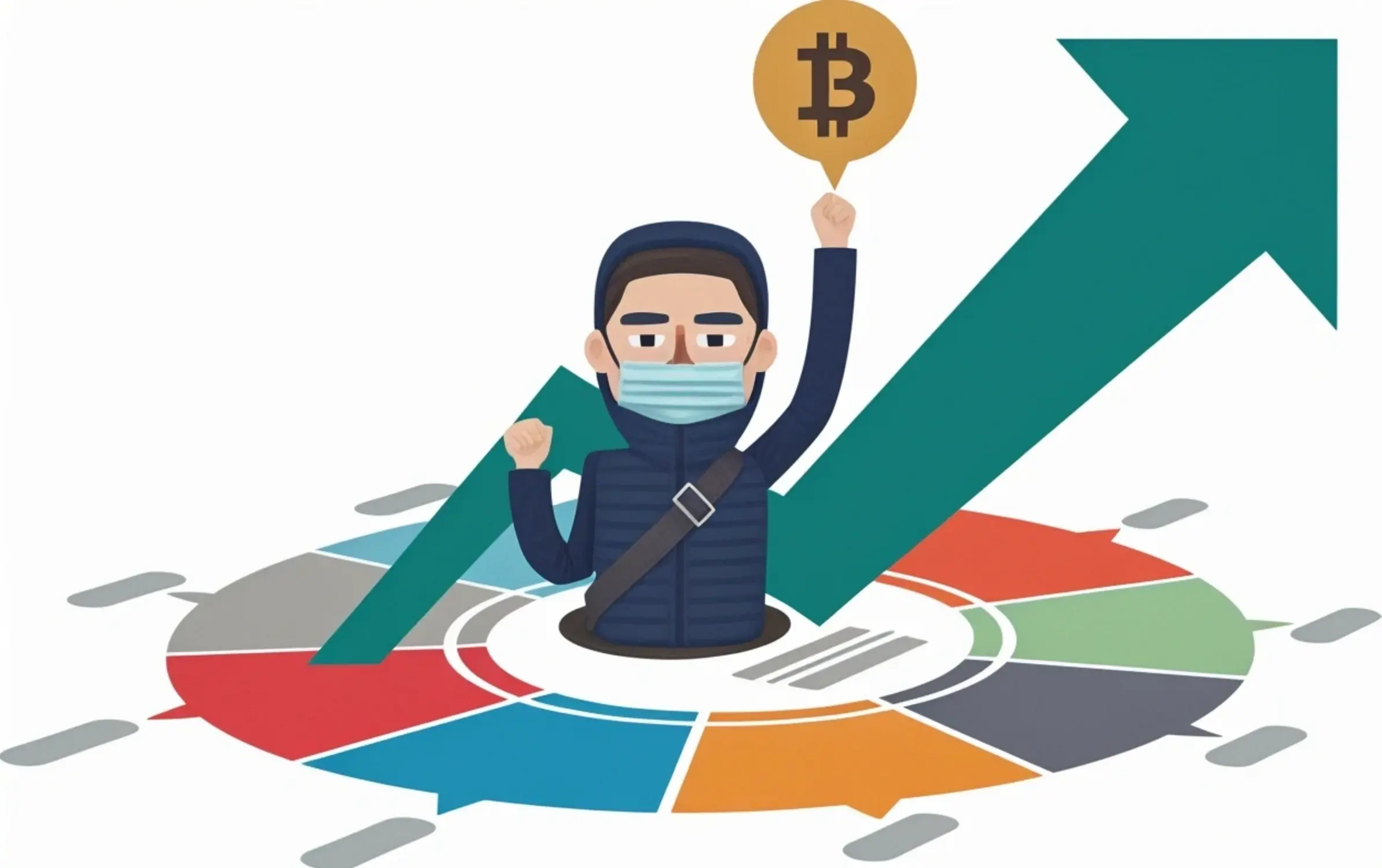The Hidden Truth About Insider Trading in the MANTRA Debacle
The recent downturn in the cryptocurrency market, particularly the sudden collapse of the OM token, raises critical questions about insider trading. As we navigate this volatile landscape, understanding what transpired and its implications on market stability is crucial for investors.
Understanding the MANTRA Debacle’s Implications
The MANTRA debacle, marked by the OM token’s dramatic crash, has left the crypto community in shock. On April 13, 2025, the OM token plummeted nearly 90% in a matter of hours, dropping from $6.30 to under $0.50. This rapid price collapse was attributed to reckless forced liquidations by centralized exchanges, according to recent analysis. As 43.6 million OM tokens, valued at around $227 million, moved to exchanges, panic gripped investors.
Market reactions were severe, with many traders expressing their concerns about the integrity of the market. This episode has highlighted a growing distrust among participants, pushing some to question whether there was foul play involved. If such significant fluctuations can occur at the whim of market forces, investors may feel less secure investing in cryptocurrencies.
Moreover, the implications of this event extend beyond just short-term losses. It raises long-term questions about market trust and integrity, which are crucial for the development of cryptocurrency as a mainstream investment vehicle. If insider trading is a factor, it undermines the entire framework of fair trading practices vital for investor confidence.
Insider Trading Allegations in Crypto Markets
Insider trading, a practice where individuals with non-public information trade securities, has long been a contentious issue in traditional finance. In the context of cryptocurrencies, definitions are murkier due to the emerging nature of the market. Within the MANTRA context, allegations of insider trading have surfaced, intensifying the scrutiny of those involved.
Investors are left wondering if key players exploited their positions before the crash. Specific allegations have pointed toward industry figures allegedly engaging in trades that benefited from their knowledge of impending liquidations, directly influencing market volatility. This manipulation not only affects the immediate market environment but can also shake investor confidence in existing cryptocurrencies, such as the OM token.
According to market experts, the erosion of trust could lead to greater scrutiny from regulators. If crypto markets continue to operate under a cloud of suspicion, it may result in more stringent regulations, impacting the overall industry landscape.
The Role of Market Volatility in the OM Token Crash
Volatility is a hallmark of cryptocurrency markets, and the OM token crash serves as a classic case study. Before the collapse, market conditions were particularly unstable, characterized by low liquidity and sudden price fluctuations. These factors contributed to the panic among traders, leading to forced liquidations that exacerbated the crisis.
Evidence suggests that there were over $50 million in liquidations as prices fell. This kind of market volatility can trigger an avalanche of selling, leaving investors scrambling to cut losses. Thus, increasing understanding of market dynamics is crucial. Traders must recognize when conditions are especially risky and adjust their strategies accordingly. This volatility not only impacts immediate trading decisions but also shapes traders’ long-term perspectives on entering or exiting positions.
The OM token crash emphasizes the need for risk management strategies. Market participants must evaluate their exposure and develop tactics to protect their investments, especially during uncertain periods.

Cryptocurrency Regulation: A Necessity?
The MANTRA incident has sparked renewed discussions on cryptocurrency regulation. In the unregulated fields of digital assets, the lack of oversight often lends itself to dubious practices. This environment raises significant questions about how to best regulate entities in a way that preserves innovation while protecting investors.
Currently, the regulatory framework varies significantly across jurisdictions, some imposing strict guidelines while others remain lenient. Striking a balance is essential, as overregulation could stifle growth whereas underregulation might lead to chaotic events like the OM token crash. As industry experts argue, a robust regulatory structure will empower investors and enhance trust in the cryptocurrency market, thereby curbing instances of insider trading.
Basing new regulations on lessons learned from events such as the MANTRA situation can help create a safer trading environment. Improved oversight would not only promote accountability but also potentially restore some measure of market stability.
Key Figures Involved in the MANTRA Situation
The MANTRA debacle has featured key industry players whose actions during the crisis have been scrutinized. Figures such as JP Mullin and Denko Mancheski have drawn attention, with their roles indicative of the broader issues surrounding transparency in the cryptocurrency markets.
Mullin and Mancheski’s responses during the crisis reflect their perspectives on market integrity. For instance, rumors surrounding their potential involvement in pre-crash trading activities have led to increased speculation regarding insider manipulation. These all-too-important narratives influence how the crypto community perceives not only the individuals involved but also the market’s overall trustworthiness.
The involvement of such high-profile figures complicates the narrative further. Understanding their motivations can provide investors with valuable insight into the conditions under which the OM token collapsed and what similar risks may arise in the future.
Lessons for Investors Post-OM Token Crash
The collapse of the OM token serves as a pivotal moment for cryptocurrency investors, laying bare the risks inherent in this thrilling but perilous market. To protect themselves, investors should develop comprehensive strategies when navigating volatile periods.
Here are key strategies worth considering:
– Diversification: Avoid putting all assets into one token or project. Spread investments across different cryptocurrencies to mitigate risk.
– Stay Informed: Continuously monitor market trends and major events that could impact specific assets. Awareness is key in making timely trading decisions.
– Risk Assessment: Understand personal risk tolerance and only invest what you can afford to lose. This principle is essential in the unpredictable world of cryptocurrencies.
– Market Signals: Look for signs of excessive volatility or unusual trading patterns, as they may indicate underlying issues, possibly linked to insider trading.
In conclusion, the lessons from the OM token’s downfall underscore the importance of education and caution in this rapidly evolving landscape. By equipping themselves with knowledge and developing robust strategies, investors can navigate the highs and lows of cryptocurrency.
This climate of uncertainty necessitates a more informed and proactive approach to investing, essential for maximizing potential rewards while minimizing risk.


